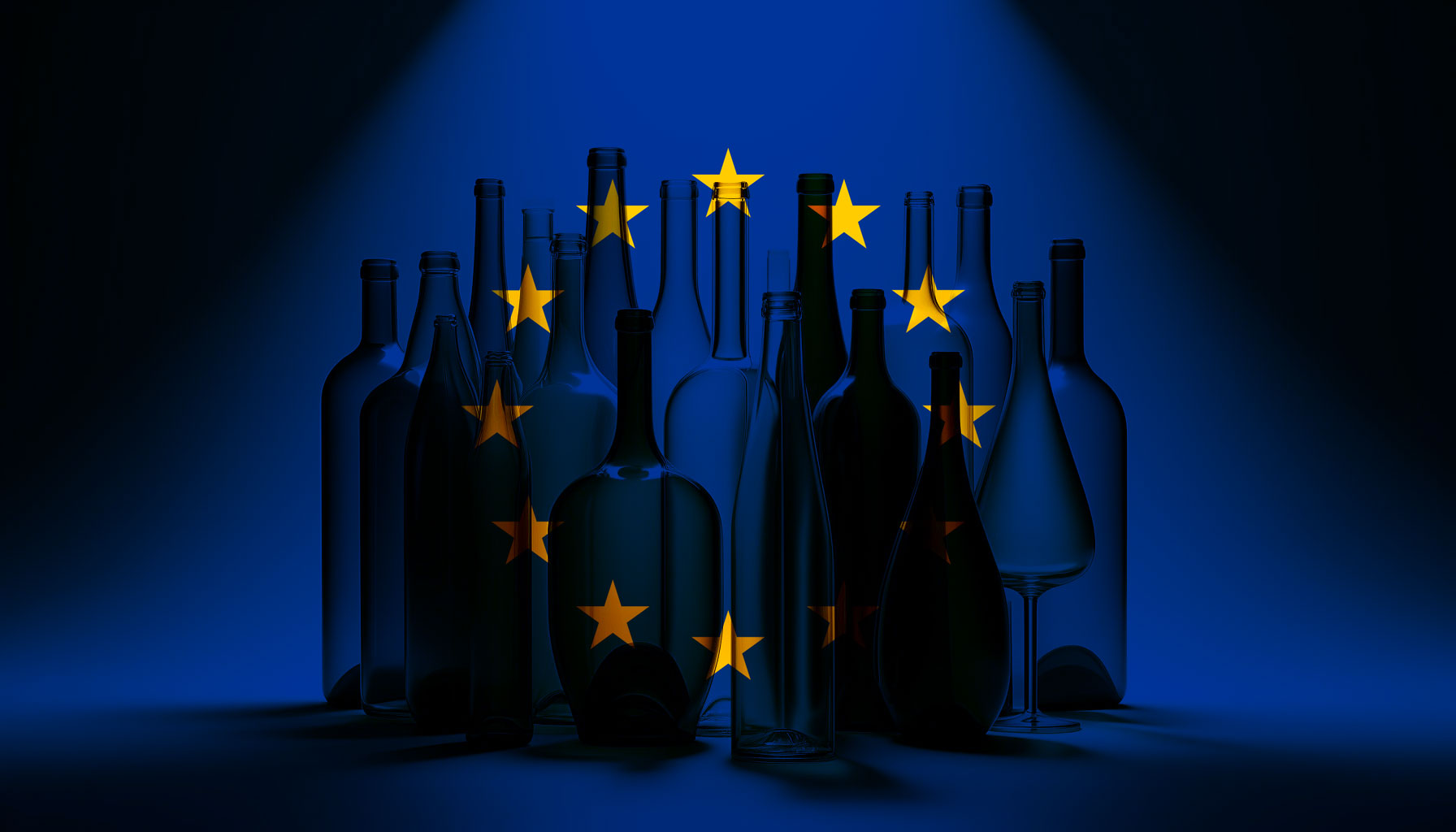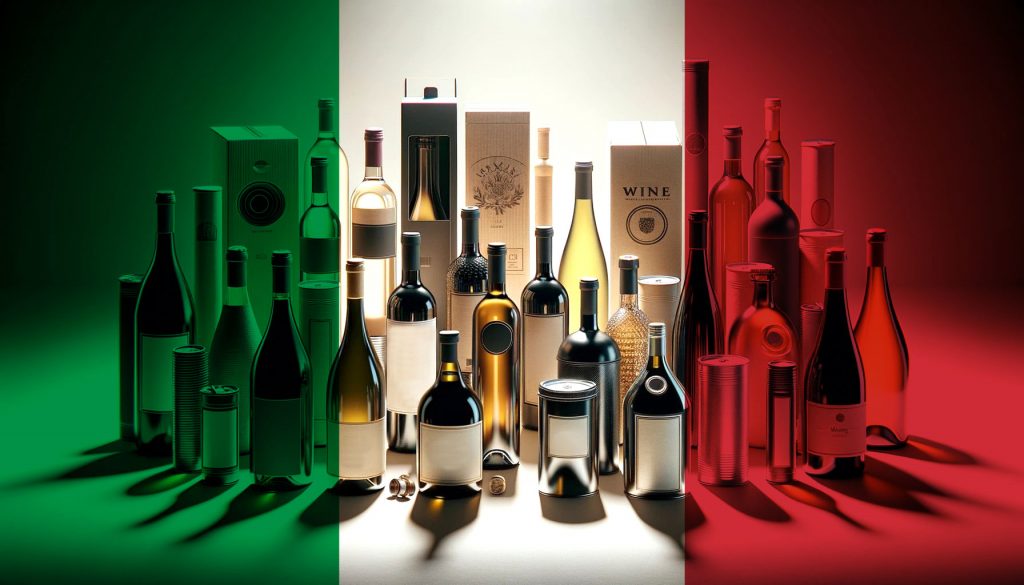
Navigating New EU and Italian Wine Labelling Regulations: A Comprehensive Guide
Staying up to date with regulatory changes is crucial in the ever-changing world of wine production and distribution. Complying with new EU compliant labelling regulations and Italian packaging requirements is essential for wine producers to guarantee compliance and preserve customer confidence.
We analyze the most important amendments pertaining two significant updates affecting wine labelling: the new EU labelling rules and the Italian packaging law. We’ll explore key implementation dates, changes, and offer insights into how wine makers can navigate these regulations effectively.
Table of Content
What You Should Know About EU Wine and Alcohol Label Laws and Regulations
The evolving regulations in the European Union pose significant changes for wine and spirits labeling practices in the coming years. Although they have not yet been enforced, alcoholic products are now potentially subject to revisions, including extra warnings regarding alcohol intake, despite previously being excluded from nutritional labeling standards. It can be difficult to discern between proposed and real requirements in the changing regulatory landscape due to the variety of proposed laws and the unpredictability of implementation schedules.
New EU Labelling Rules:
Implementation Date and Transition Period:
Starting December 8, 2023, the new EU labelling rules came into effect, but there’s a transition period:
- Wines made or imported before December 8, 2023, can still use the old labelling until stocks run out.
- Wines produced from the 2024 harvest onwards must follow the new rules.
Key Changes and Requirements:
The updated regulations require more information on wine labels to improve transparency and help consumers. This includes:
- Listing all ingredients, additives, and treatments in descending order of weight.
- Displaying nutritional information like energy value and sugar content.
- Allergens and intolerances must be listed on the physical label as ingredients.
- Electronic labels must not gather or monitor user data.
- Electronic labels are restricted to essential information only, prohibiting any content for sales or marketing purposes.
Implications for Wine Makers:
Producers exporting to the EU need to update their labels for wines made from the 2024 harvest onwards. This means changing labels to fit the extra information and considering electronic options (QR Code) for ingredient and nutritional details.
Penalties for Non-Compliance:
Not following the new rules can lead to penalties such as withdrawing products from the market, fines, and harm to a producer’s reputation.
Additional resources:
European Commission press release
Commission Notice – Questions and answers on the implementation
Italy’s Mandatory Labeling Requirements for Packaging

Starting from January 1, 2023, wines and spirits sold in Italy must disclose packaging details, including materials, recyclability, and nutritional information, via a single QR code, with a transition period:
- Wines made or imported before December 31, 2022, can be sold with old labelling until July 1, 2024.
- Digital labelling options began on January 1, 2024, with full use required by July 1st.
Summary of the Law:
Labelling for Packaging guidelines focus on transparency and sustainability, requiring:
- Clear identification of packaging materials and recyclability information.
- Digital labelling options using QR label for packaging details.
- An optional environmental label for products meeting recycling and sustainability criteria.
Impact on Wine Producers:
Italian wine makers must update their packaging and labelling to follow the law, including changing labels and considering digital labelling solutions i.e. E-Label.
Enforcement and Penalties:
The law is enforced by the Ministry of Ecological Transition and the Italian National Institute for Consumer Protection. Penalties for not following the law can include fines and confiscating non-compliant products.
Our Comprehensive Solution for Wine Makers:
In response to the evolving regulatory landscape, we proudly introduce our cutting-edge eWinetag.com—an intuitive platform tailored to meet the diverse needs of wine makers navigating complex labelling requirements.
Features and Benefits
Accessible Templates: Our platform offers a diverse array of customizable label templates, catering to various wine styles and branding preferences.
Multilingual Support: Seamlessly communicate essential information in multiple languages, ensuring global compliance and consumer comprehension.
Streamlined Compliance: Simplify the compliance process with our user-friendly interface, facilitating easy navigation and label customization.
Long-Term Viability: Enjoy peace of mind with our solution‘s long-term accessibility, guaranteeing sustained compliance and visibility for wine products throughout their lifecycle.
Label Redirection: Seamlessly integrate our label redirection to your web server and turn every qr scan to your web visits.
Conclusion:
As wine makers navigate the intricate landscape of regulatory compliance, understanding and adhering to new labelling regulations are critical. Our comprehensive guide provides invaluable insights into the EU and Italian wine labelling updates, empowering producers to adapt and navigate regulatory hurdles with confidence. With our innovative solution, compliance becomes seamless, allowing wine makers to focus on what they do best: crafting exceptional wines.